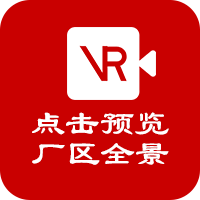
卧式丁基胶涂布机纠偏原理
时间:2025-10-27 来源:http://www.jncsjx.com/ 发布人:昌盛机械
丁基胶涂布机的纠偏系统是通过实时检测、信号处理、驱动执行的闭环控制逻辑,实现对卷材(如铝隔条、基材)横向跑偏的自动纠正,确保丁基胶均匀涂布在预设位置的关键装置。其核心原理可分为以下步骤:
The correction system of the butyl rubber coating machine is a key device that automatically corrects the lateral deviation of the coil (such as aluminum spacers and substrates) through real-time detection, signal processing, and closed-loop control logic driven execution, ensuring that the butyl rubber is evenly coated at the preset position. The core principle can be divided into the following steps: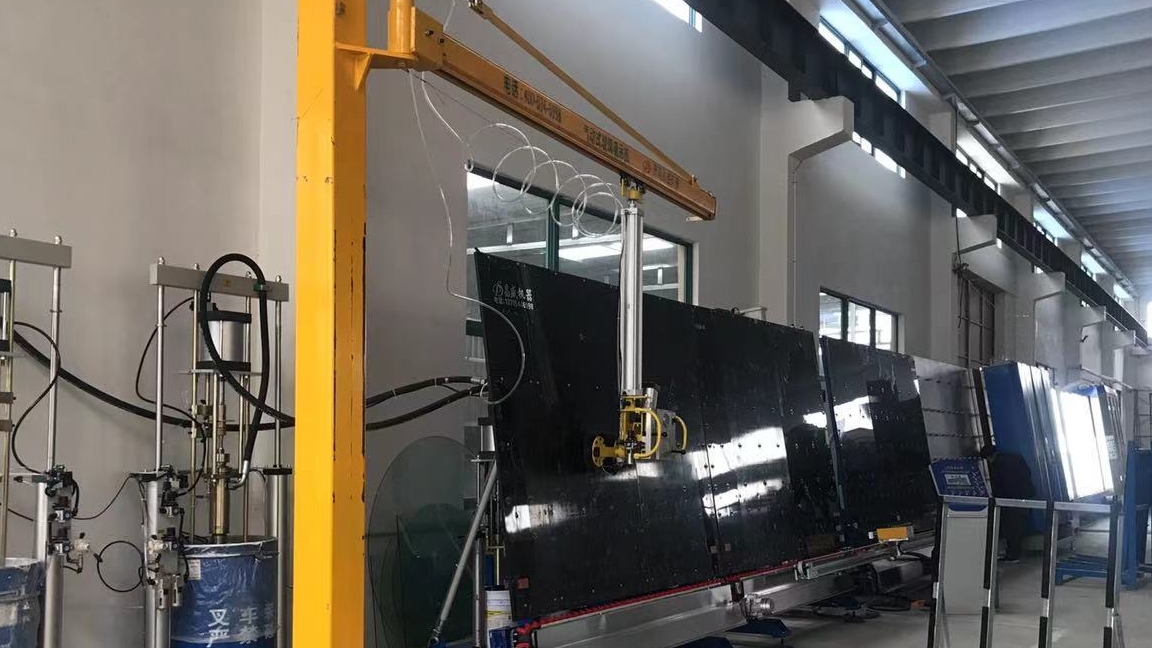
1. 偏移检测:获取卷材位置信号
1. Offset detection: Obtain the position signal of the coil material
系统通过光电传感器(或激光、超声波传感器)实时监测卷材的边缘位置或标志线(如卷材上的印刷线)。对于边缘检测,通常采用透射型光电传感器(卷材遮挡光线时触发信号)或反射型光电传感器(卷材反射光线时触发信号);对于标志线检测,则使用两个反射型光电传感器,分别置于标志线两侧,通过传感器状态的组合(如“同亮”或“异亮”)判断卷材是否偏移及偏移方向。传感器将检测到的位置信号转换为电信号,传递给控制器。
The system monitors the edge position or marking lines (such as printing lines on the roll) of the roll in real time through photoelectric sensors (or laser, ultrasonic sensors). For edge detection, transmission type photoelectric sensors (triggering signals when the light is blocked by the roll) or reflection type photoelectric sensors (triggering signals when the light is reflected by the roll) are usually used; For marking line detection, two reflective photoelectric sensors are used, placed on both sides of the marking line, and the combination of sensor states (such as "same brightness" or "different brightness") is used to determine whether the coil is offset and the direction of the offset. The sensor converts the detected position signal into an electrical signal and transmits it to the controller.
2. 信号处理:判断偏移量与方向
2. Signal processing: Determine offset and direction
控制器(多为微电脑或PLC)接收传感器信号后,与预先设定的基准位置(如卷材中心线)进行对比,计算出卷材的偏移量(单位:毫米)和偏移方向(左偏/右偏)。例如,若左侧传感器信号弱于右侧,说明卷材向左偏移;反之则向右偏移。控制器会根据偏移量的大小和预设的纠偏精度(如±0.5mm),生成对应的控制指令。
After receiving sensor signals, controllers (mostly microcomputers or PLCs) compare them with pre-set reference positions (such as the centerline of the coil) to calculate the offset (in millimeters) and offset direction (left/right) of the coil. For example, if the signal from the left sensor is weaker than that from the right sensor, it indicates that the coil has shifted to the left; Otherwise, it will shift to the right. The controller will generate corresponding control commands based on the magnitude of the offset and the preset correction accuracy (such as ± 0.5mm).
3. 驱动执行:调整卷材位置
3. Drive execution: Adjust the position of the coil material
控制器向驱动电机(通常为步进电机或伺服电机)发送控制信号,电机带动纠偏框架(或纠偏辊、丝杠机构)向偏移的反方向摆动或移动。例如,当卷材左偏时,电机驱动纠偏框架向右摆动,通过摩擦力或机械约束带动卷材向右移动,直至卷材回到基准位置。部分系统采用液压或气动执行机构(如液压缸),通过液体或气体的压力推动纠偏机构运动,适用于大型或高负载设备。
The controller sends control signals to the driving motor (usually a stepper motor or servo motor), which drives the correction frame (or correction roller, screw mechanism) to swing or move in the opposite direction of the offset. For example, when the coil deviates to the left, the motor drives the correction frame to swing to the right, and through friction or mechanical constraints, drives the coil to move to the right until it returns to the reference position. Some systems use hydraulic or pneumatic actuators (such as hydraulic cylinders) to push the correction mechanism through the pressure of liquid or gas, which is suitable for large or high load equipment.
4. 闭环反馈:维持稳定运行
4. Closed loop feedback: maintain stable operation
纠偏执行机构动作后,传感器再次检测卷材位置,将新的位置信号反馈给控制器。控制器比较当前位置与基准位置的差异,若仍有偏移,则重复上述步骤进行调整;若位置符合要求,则停止驱动,形成“检测-处理-执行-反馈”的闭环控制,确保卷材持续稳定运行,避免再次偏移。
After the corrective actuator is activated, the sensor detects the position of the coil again and feeds back the new position signal to the controller. The controller compares the difference between the current position and the reference position. If there is still a deviation, repeat the above steps for adjustment; If the position meets the requirements, stop driving and form a closed-loop control of "detection processing execution feedback" to ensure the continuous and stable operation of the coil and avoid further deviation.
丁基胶涂布机中的特殊应用
Special applications in butyl rubber coating machine
在丁基胶涂布机中,纠偏系统通常与张力控制组件(如磁粉制动器、张力传感器)配合使用。张力传感器监测卷材的张力变化,反馈给控制器,调整磁粉制动器的制动力,确保卷材在纠偏过程中张力稳定,避免因张力波动导致二次偏移。例如,当卷材偏移时,控制器不仅调整纠偏框架,还会同步调节张力,使卷材保持平直,保证丁基胶涂布的均匀性。
In butyl rubber coating machines, the correction system is usually used in conjunction with tension control components such as magnetic powder brakes and tension sensors. The tension sensor monitors the tension changes of the coil and feeds them back to the controller to adjust the braking force of the magnetic powder brake, ensuring that the tension of the coil is stable during the correction process and avoiding secondary displacement caused by tension fluctuations. For example, when the coil deviates, the controller not only adjusts the correction frame, but also synchronously adjusts the tension to keep the coil straight and ensure the uniformity of butyl rubber coating.
通过上述原理,丁基胶涂布机的纠偏系统能有效解决卷材在传送过程中的横向跑偏问题,确保丁基胶准确涂布在铝隔条或基材的预设位置,保障中空玻璃等产品的密封性能。
Through the above principle, the correction system of the butyl rubber coating machine can effectively solve the problem of lateral deviation of the coil during transportation, ensuring that the butyl rubber is accurately coated on the preset position of the aluminum spacer or substrate, and guaranteeing the sealing performance of products such as insulated glass.
本文由 卧式丁基胶涂布机 友情奉献.更多有关的知识请点击 http://www.jncsjx.com/ 真诚的态度.为您提供为全面的服务.更多有关的知识我们将会陆续向大家奉献.敬请期待.
This article is a friendly contribution from the horizontal butyl rubber coating machine For more related knowledge, please click http://www.jncsjx.com/ Sincere attitude To provide you with comprehensive services We will gradually contribute more relevant knowledge to everyone Coming soon.
- 双组份打胶机比例怎么调 2025/10/29
- 全自动铝条折弯机折弯角度偏差的解决方法 2025/10/29
- 中空玻璃丁基胶涂布机漏油怎么解决 2025/10/28
- 卧式丁基胶涂布机纠偏原理 2025/10/27
- 立式丁基胶涂布机故障维修 2025/10/25
- 全自动丁基胶涂布机怎么换胶 2025/10/24
- 丁基胶涂布机液压系统油路原理 2025/10/23
- 全自动中空玻璃封胶线的设备特点 2025/10/22
- 中空玻璃生产线有哪些设备组成 2025/10/21
- 中空玻璃生产线哪家强,中国山东找昌盛 2025/10/20

 当前位置:
当前位置: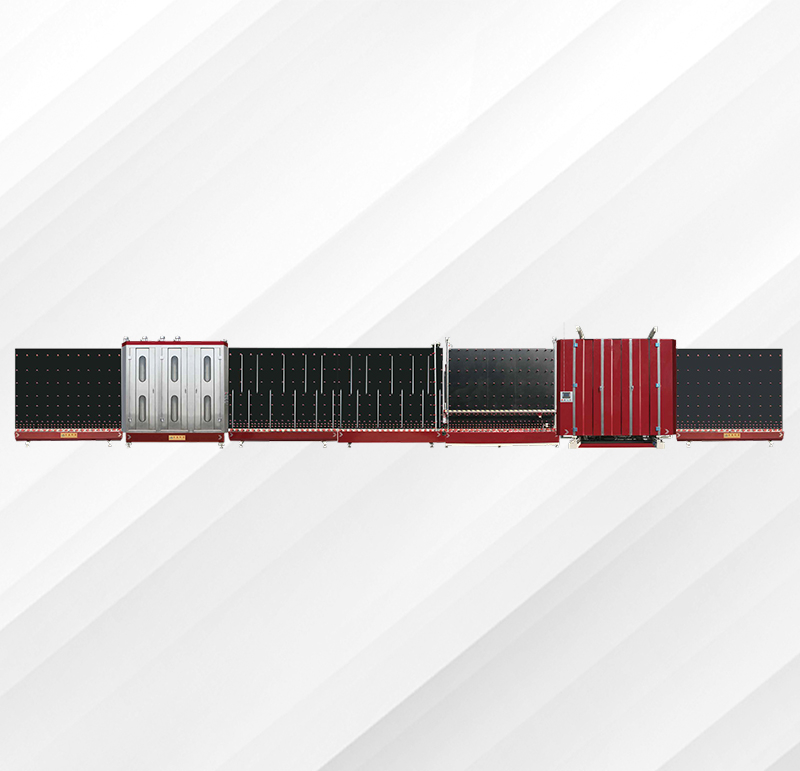
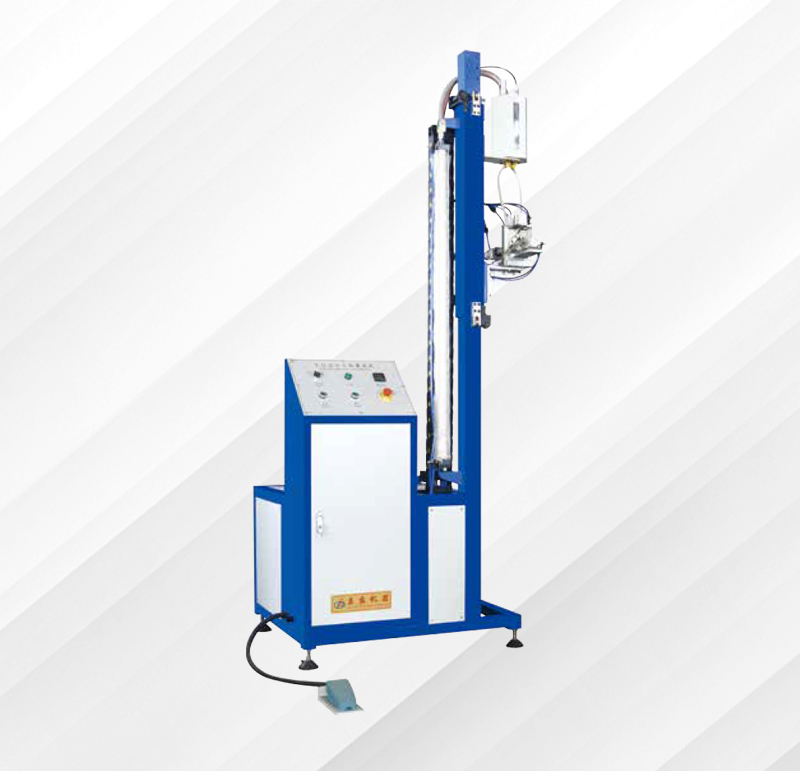
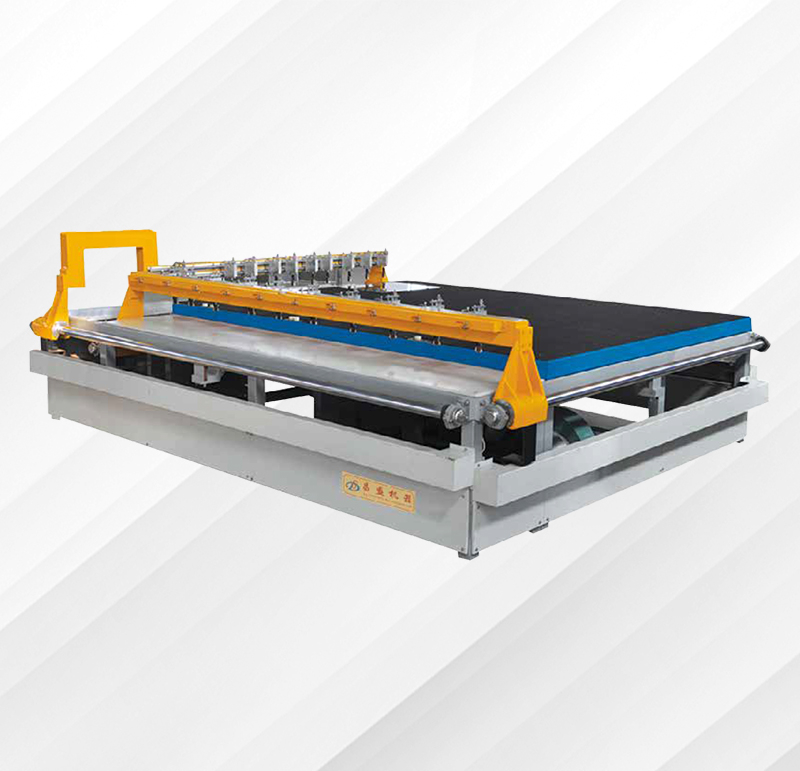
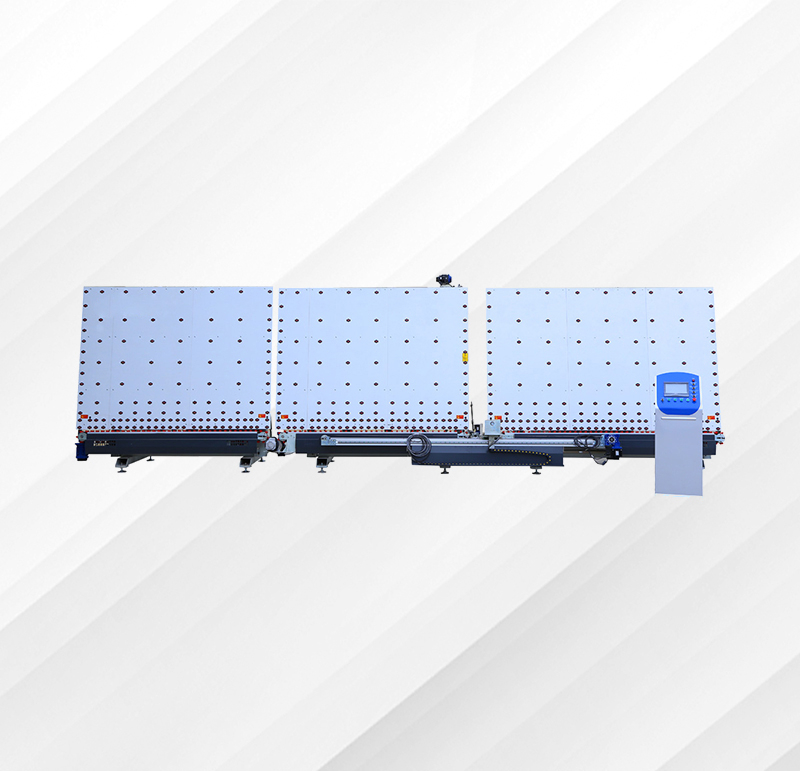
 产品分类Product categories
产品分类Product categories
 联系我们Contact us
联系我们Contact us
